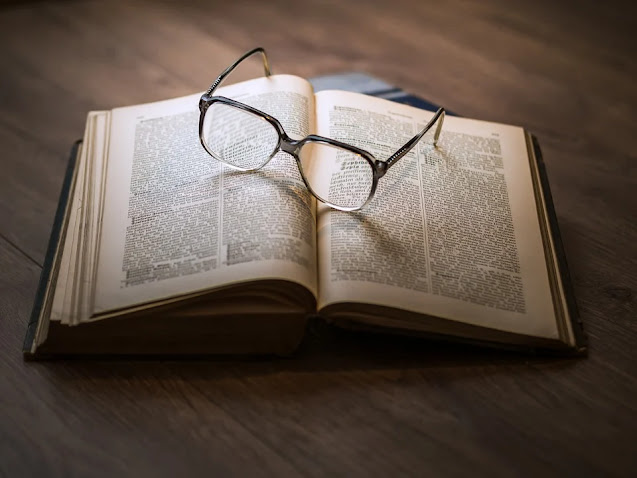Active Reading
The nature of the material- The characteristics of the learner
- The learning activities applied
- And the task by which learning is measured
In order to study the journal properly I used the SQ3R
method (skim, question, read, remember, review) which I personally think that
his is an effective method if you are reading something and want to remember
it.
Use of questions supposing improves text retention which is helpful. The advantage of self-questioning is the role of motivator peaking the interest and directing the readers attention especially if the reading is a long and uninteresting passage. Questioning studies showed the importance of training and practice. Training in self-questioning especially enhances retention for poor readers. Teaching students to make questions for the story structure increases retention of the narrative material.
The journal has named many self-questioning teaching techniques. These techniques are sentence analysis, question-provoking questions, student-led discussion, group competition, acronym study techniques, content-oriented structure exercise, using teacher manuals, question circle, question outline construction, use of exam clue words
- Facts- who, when, where, why, what, define, describe, write, identif
- Understanding- what is the cause, compare, contrast, distinguish, explain
- Analysis- analyse, categorize, classify
- Synthesis- create, suggest
- Evaluation- decide, evaluate, judge, what do you think?
After reading that journal, I have realized that the author doesn’t
seem to be against the techniques that I have used to read the journal written by
her. Especially since SQ3R was mentioned in the journal when I read it.
During this reading task one of the most challenging things,
I found was reading the journal and trying to put my full attention into
reading it. I’m personally not interested in this type of articles/journals so
trying to concentrate even while using the techniques was a bit of a challenge.



Comments
Post a Comment